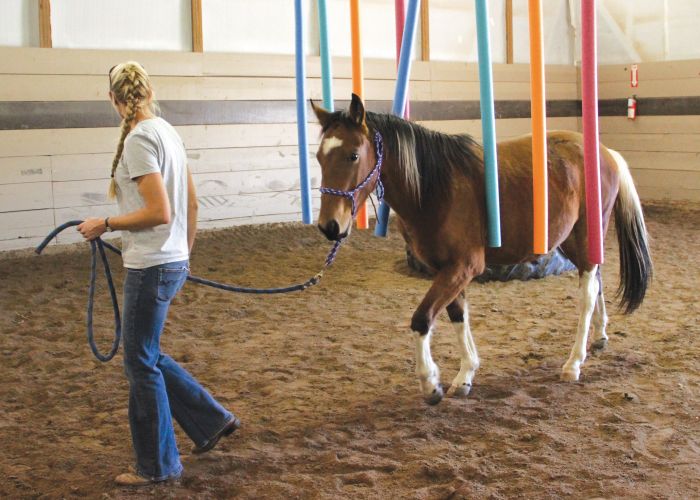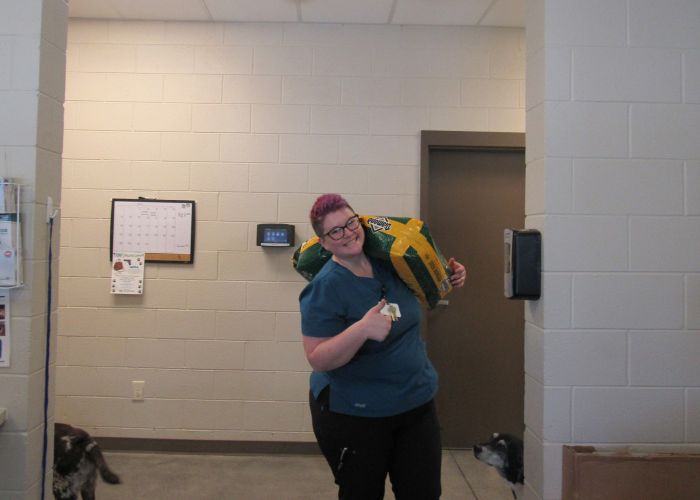Finessing your foster program
A clear, responsive structure will help you help your biggest supporters

Running a foster program is not easy, but it’s worth it. Such programs help rescues and shelters save those last few animals who could not otherwise be placed, due to medical or behavioral issues or just a lack of time and space. Foster programs save lives, but they have to fit within the organization’s overall mission. If your foster system doesn’t run perfectly and could use some improvements, or if you’re considering starting or expanding your program, this article is for you!
My organization, Motley Zoo Animal Rescue in Redmond, Wash., is a foster-based organization without a physical shelter. It grew from a handful of foster families to having more than 100 volunteers (though not all of them foster). But I’ve presented on this topic with Kara Main-Hester, volunteer program manager of the Seattle Animal Shelter. Its municipal facility has limited space and resources but operates a highly effective foster program. While our organizations may differ, our fostering programs have remarkable similarities.Before founding Motley Zoo, I had experience with other foster groups. I came to understand what I liked—and didn’t—about how some of them operated. I heard from some organizations that the majority of their foster parents never fostered again after their first time. I was dumbfounded, but I also understood: I’d heard about situations where animals died unnecessarily, and foster families were kept in the dark and not respected and appreciated as they should have been.
I helped found Motley Zoo in the wake of those experiences, working with like-minded people I met along the way. We wanted to do things differently. This meant upping the ante for service to pets and people, creating a positive and inviting experience, and never accepting that what we did was “good enough.” A well-developed foster program can make a difference for hundreds and thousands of animals. Remember this when you want to pull your hair out over some fostering situation that has made you crazy!
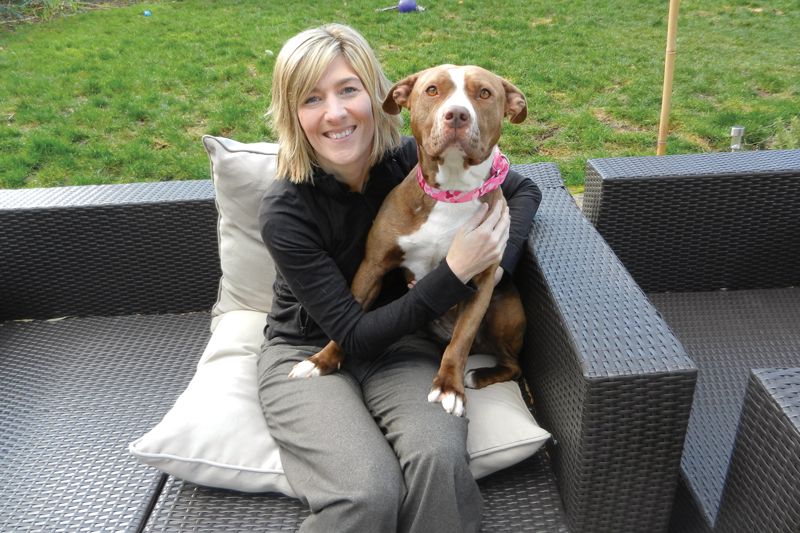
Start with structure
Before building your foster program and recruiting families to help, make sure you know who you are as an organization—and be honest about it. Rock your style! It won’t help to attract foster families who have values that are contrary to your vision, so be clear about your mission, philosophy, and how the fostering program fits into it.
Structure—your foundation—is what can keep your foster program from descending into chaos. If you understand your structure, you can communicate it to your stakeholders.
For example: Which animals will be prioritized for foster care, and why? Who should foster caretakers contact if they have questions about their animals? How will you promote the animals who are in foster care, and will the foster family have any responsibilities for that?
The Seattle Animal Shelter has a network of case managers for its fostered animals. Each case manager serves as the point of contact for anywhere between one and 10 foster families. Families know who their manager is, and the case manager is empowered to handle many issues, pushing any problems she can’t resolve up the ladder if needed.
A good case manager can come from anywhere. She could be a staffer or an experienced volunteer. The key is recognizing good managers when they float to the top of the mix, and more importantly, finding time to nurture a relationship with them, so that they can help nurture and support your foster families.
In this ladder hierarchy, foster families may not know their case manager’s supervisor or anyone else in the system, but they get to know their caseworkers well. They trust them and are able to be open and honest—which is critical in fostering pets. This system creates a more manageable balance for supervisors and directors who need to focus on the overall health and direction of the organization.The ratio of foster families to case managers is quite critical as well. Managing five foster homes well is far better than managing 25 poorly. If you have found your program is struggling to maintain foster relationships, it may be that case managers are overburdened and haven’t been able to provide the support that each foster family needs. Your fosterers should not have to wait more than a few hours for a response to a question, and should never be left guessing, especially about medical issues. Fosters asking a question repeatedly, or many fosters asking the same question, is an indication that you may have failed to provide clear answers.
Quality should always trump quantity. In this line of work, when sometimes it is a matter of life and death, it can be hard to keep perspective. But in the long run, you’re not doing pets or people any favors when foster volunteers and animals fall through the cracks. Ensuring that your current fosters are well-supported will give you the foundation to expand more effectively—because they will tell others how well your program is run.
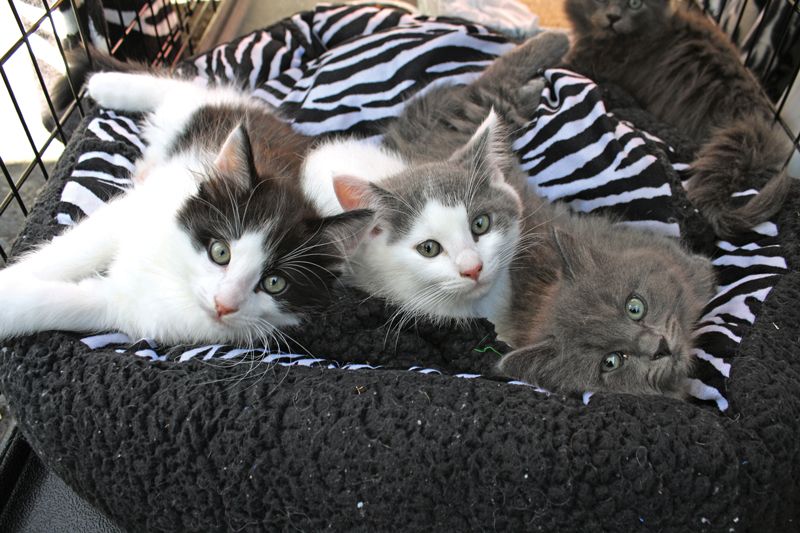
Communicate clearly
Once you know how you’ll structure your fostering operations, develop a manual explaining your standard operating procedures. This can be a fun-to-read, inspiring document, but it should definitely be a clear one. Whether you provide a physical manual or host it online to save money, it should make clear how your program is structured, what the expectations are, who the primary contacts will be, how certain common situations will be handled, and so forth.
An FAQ (frequently asked questions) sheet is also critical to recruiting new fosters. Many people will have similar concerns about fostering, and addressing them up front shows you understand their worries. Be sure not to trivialize common concerns; instead, validate them with a short and positive message. For example, to the question, “What if I get too attached to my foster pet?” Motley Zoo’s response is, “Last time you babysat a child, you knew you couldn’t keep the kid, right? You knew that it was temporary and that as much fun as the child is, they have a home. Fostering is like pet-sitting an animal—they have a home, you just may not know who it is yet. Much of the joy is discovering who this will be, and seeing that happy union when it takes place.” You’ll also want to communicate what the expectations will be in terms of promoting the animal for adoption, attending adoption events, covering medical costs, and so forth.
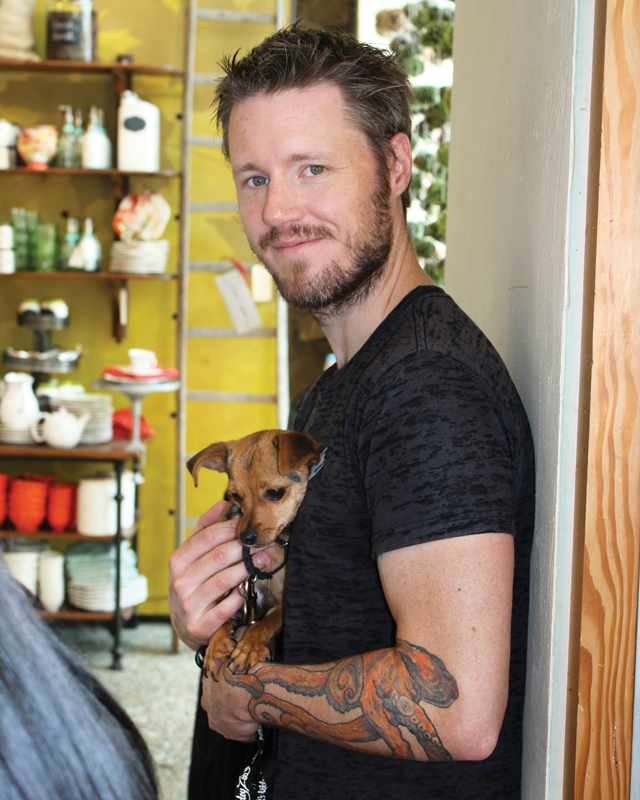
Motley Zoo has found that most fosters don’t seem to want the added responsibility and pressure of making placement decisions, but other organizations have had different experiences. Whichever way your organization decides to go, it should be clear to all parties who will make the final decision about placement, whether foster families have veto power, and how these discussions will be handled. Emphasize that the best interest of the pets is the primary motivation behind decisions!Your program manual for fosters should offer a variety of clearly defined roles and tasks with actual written job descriptions, so that people can choose which level they want to pursue. Offer people a variety of levels of commitment. Start with a face-to-face meeting to explain tasks or duties; this will help build trust (and eventually help to work folks into higher-level positions and other stay-at-home tasks that require organizational trust). For Motley Zoo, this means everyone starts by volunteering for our biweekly adoption events at local pet stores. Some people come with an interest in fostering, and others come just to help out. The events provide an opportunity to see how we operate, meet other people involved, and remind people that their work is connected to a larger picture. Many of our volunteers and fosters have become friends through these events, and consider this their weekend fun.
In getting acquainted with your organization, chances are most people will start in the shallow end, but many will get to the deep end if they feel appreciated, empowered and supported along the way. So remember that if someone balks at fostering an animal to start, it doesn’t mean they can’t be a rock star foster parent later. Many times we find that people who were on the fence about fostering decide to start after one or two events!
Remember, also, that honesty creates trust. Many difficult situations can arise when working with animals. People can get bitten. Animals can get sick or injured. Emotions can run high. Now and then euthanasia may have to be considered, and it’s better if your foster families understand your policies from the start. Empower your foster families with education and information; they will be stronger and more loyal because of it.
That said, you may encounter fosters who want to do things differently. These situations provide one of the best reasons to have a manual you can reference, where expectations are stated clearly. Although you should approach these situations with patience and compassion, ultimately anything that contradicts the long-term success and solidarity of your organization will eventually undermine its mission. If you spend too much time wrangling with a foster or volunteer, or if this sticky wicket prevents you from serving your other fosters and volunteers—well, you have a problem.It is never a fun occasion, but you will likely have to “fire” a foster at some point. It can be hard to make the decision to reduce the number of foster homes you have available, but when a foster is not cooperative or does not respect your processes, this is just not safe. Sometimes a clean break is the only way.
It’s best to handle the situation quickly and professionally. In your communication, stick to the facts, avoid inflammatory statements—like “If you cared about this organization, you’d agree to our rules”—and express appreciation for their time and effort. Fosters may be angry for a while, but most will ultimately realize that the process wasn’t working for them either.
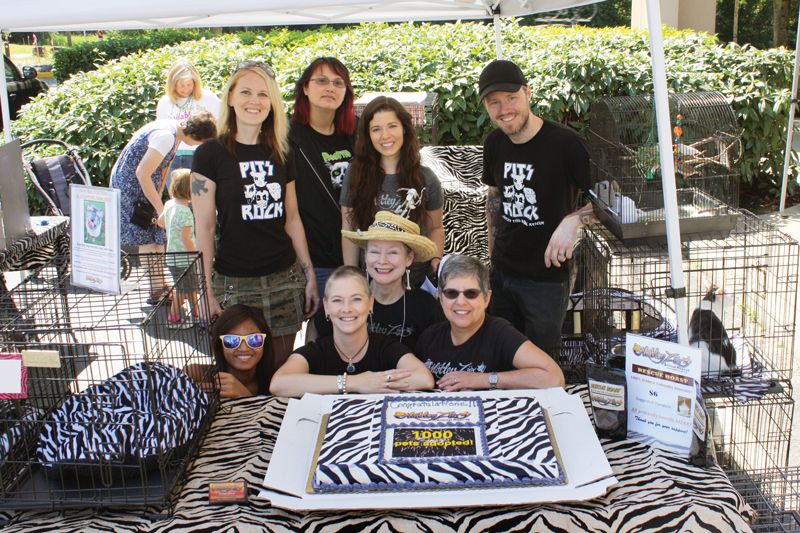
Remember, people are people—For better …
Good structure supports good relationships, and good relationships create strong bonds that can withstand the natural, cyclical waxing and waning interest in your cause. We all want to find the rock stars we barely need to train, but in reality those are few and far between. Hold on to those who do jump right in and take on the heavy lifting—but don’t overburden them! Almost anyone can eventually become a pumped-up volunteer with the right training and support.
One of the most important things we have learned at Motley Zoo is to work with people where they are. Not everyone will feel the same passion to save animals that you do. You have to accept that although people want to help, they may have other priorities. You can help them with support and training, but don’t expect everyone to become as devoted as you are.
Getting people trained may mean that you need to do a lot of “hand-holding.” If you want your foster program to work, you need to make time for the people who are making it all happen. Someone needs to respond to their needs, or you will not retain your foster families—even those who appear self-sufficient. This need for attention, appreciation, and an expression of gratitude is human nature, and you cannot fight it. The animals themselves give plenty of kisses and rewards, but folks still need to hear it from you and the organization, personally and frequently. Just remember that in truth, they are not working for you—they are working for the animals, with you.
Of course, there are always people who become so passionate about their foster animals that they won’t let them go. As often as you remind foster folks that they’re there to help find new homes for the animals, some may end up wanting to keep the pet. Don’t regard this as a failure: In the end, you want a good, loving home for the animal, and if your carefully screened foster families provide that home, then you have done your job. Many people will not let adopting a foster get in the way of their volunteerism, even if it needs to take a different turn. Remember, you have not lost anything when it comes to “foster failures.” You have gained a valuable supporter, one who—if treated well—will likely speak highly of you and your animals forever.
… And for worse
There are people who may foster for you for years, yet still go buy a dog from a breeder instead of rescuing and adopting with you, or fail to spay their own pet and accidentally end up with a litter. Welcome to the world of fickle, inconsistent human beings!
Among your foster homes, you’re likely to see both behaviors you’re happy about and behaviors that you wish were different. Cultivate the good aspects, and try to weed out the downsides through communication, consistency, and compassion. Maintaining respect and generosity toward human differences is perhaps the No. 1 challenge for rescuers. In order to stay viable in this animal welfare world, you must flex and bend on some things, and maintain stringent standards on others. Knowing when to be flexible is key.Many organizations focus so much on reminding foster folks and adopters what isn’t allowed that they forget to highlight what is. This can result in sounding like a constant scold rather than a coach and mentor. For every don’t you have, offer a do. If you don’t allow dogs to go to dog parks, offer fosters other ideas on how to socialize their puppy, which is of critical importance: Suggest that people meet with other friends who have dogs of known temperament and health. Never assume fosters will know what to do if you don’t lay it out.

Keep in mind that success begets success. You will be a better motivator when dealing with people in a positive and empowering manner than trying to motivate them through guilt and lecturing.
While you may feel there’s an obvious disconnect when a fosterer behaves in a way that’s counter to your messaging and mission, often a quick, positive bit of education can correct the issue. And when it can’t, learn when to end a partnership. It is important to realize that foster folks who are difficult to work with, and don’t show any interest in improving when problems are called to their attention, may not ultimately be worth the effort. As wonderful and dedicated as these folks may be to the animals, they also need to be as dedicated and loyal to your organization. If there are foster families with whom you continually “butt heads,” and who don’t respond when you refer them to rules and expectations outlined in your fostering manual, chances are you need to reevaluate that relationship.
Remember that problem fosterers keep you from doing your work, rather than complementing it. There should be no arguments about your policies, though it’s good to remain open to helpful suggestions.
Being generous with yourself can help you be generous to others. You need to recognize when you need time for yourself—and take a step back. So many rescuers burn out quickly because they don’t admit their own limitations. When you hit snags, focus on the many people you have reached—the ones you impact and who now understand more about the plight of the animals you are trying to rescue. Those are the people who will share your message—creating a bigger, brighter fire for your organization, and your cause.


